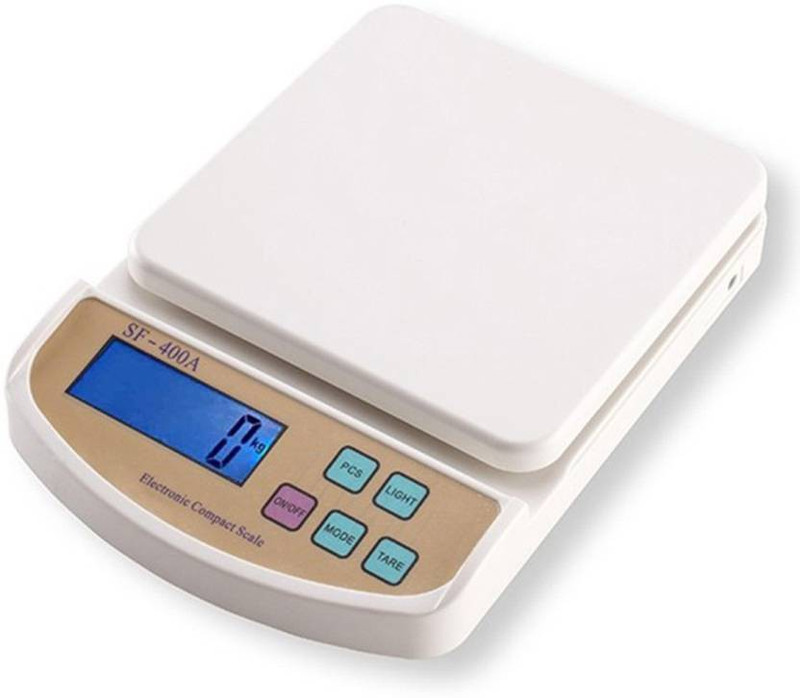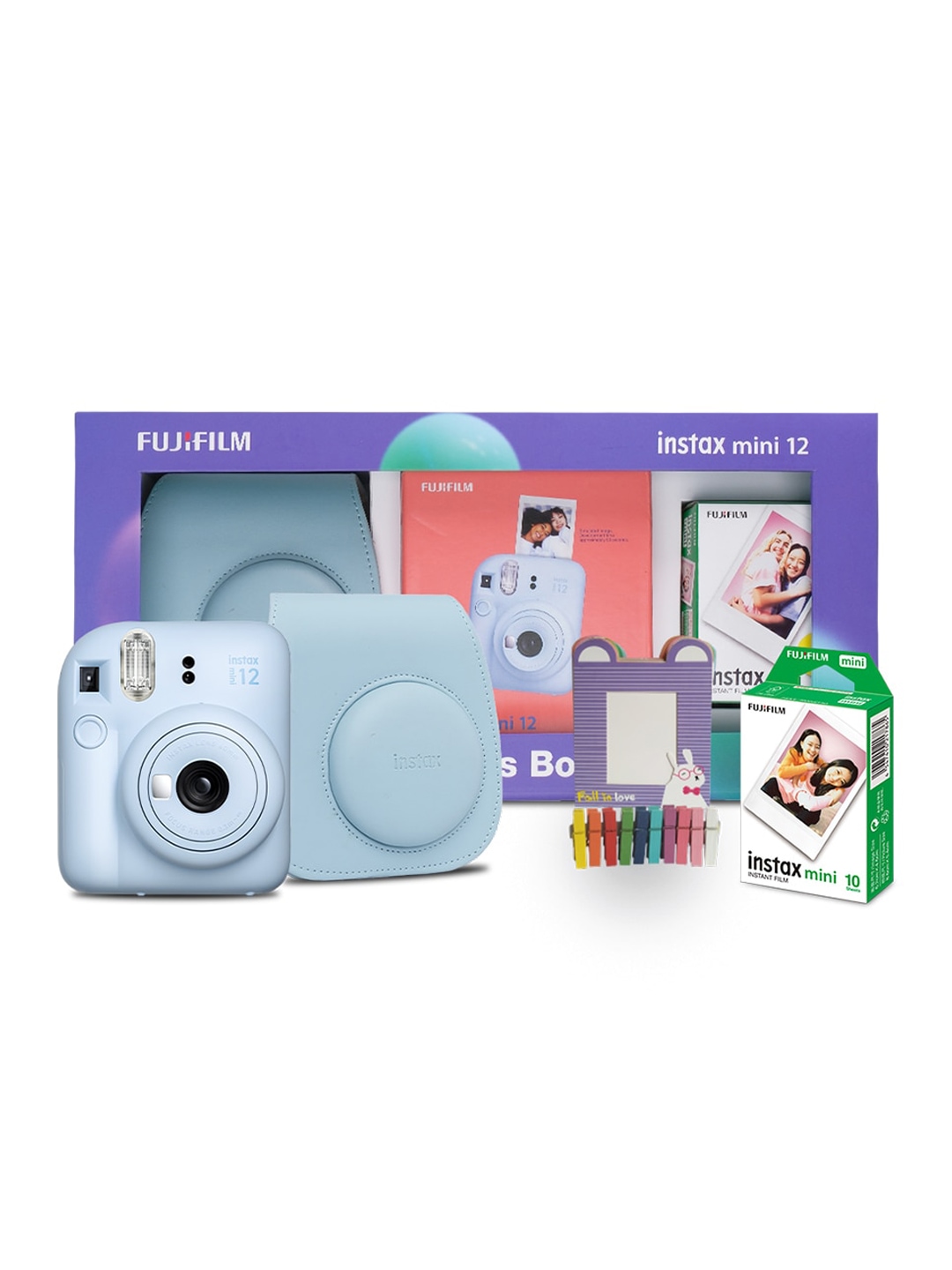How To Choose The Best Wet Grinder On Flipkart And Key Features Required For Perfect Batter

In the world of cooking, the tools we use have a profound impact on the quality and ease of our creations. Amongst the many appliances that have made cooking more efficient, the wet grinder stands out as one of the most essential for certain recipes. It's not just about grinding; it's about transforming ingredients into a smooth, velvety paste that elevates dishes like dosas, idlis, and vadas. Whether you're a fan of South Indian cuisine or simply love experimenting with different textures in your meals, a wet grinder is a must-have in your kitchen.
But with so many options on the market, finding the right one can be overwhelming. Fear not! In this guide, we'll break down the most important features to consider when purchasing a wet grinder, so you can bring home the perfect model tailored to your culinary needs.
1. Drum Capacity: How Much Can You Grind?
When it comes to wet grinders, drum capacity is one of the first things you need to consider. The size of the drum determines how much batter you can grind at a time, and this feature is especially important for large families or anyone who frequently hosts gatherings.
If you love preparing large batches of batter, look for a wet grinder with a drum capacity of 2 litres or more. These models are perfect for feeding a family of four or more, giving you enough batter for several meals. On the other hand, if you're someone who usually prepares smaller quantities, a 1.25-litre model might suffice.
Choosing the right drum capacity also impacts the consistency of your batter. A larger drum can provide better consistency since the ingredients are ground more evenly. However, keep in mind that bigger grinders tend to be bulkier and might take up more space in your kitchen.
2. Grinding Stones: The Heart of the Grinder
The grinding stones are the soul of any wet grinder. This feature determines the efficiency of the grinding process, and the type of stones used can greatly influence the texture of the batter. Wet grinders typically use stone rollers or conical stones, each with its pros and cons.
Conical stones are considered superior for grinding, as they create a smoother batter by allowing the stones to make better contact with the ingredients. These stones generate less heat, which is ideal for preserving the freshness and nutritional value of your food. On the other hand, cylindrical stones are a common choice in many traditional grinders and work effectively, though they might not offer the same consistency or durability as conical ones.
When selecting a grinder, look for those that offer stones made from high-quality materials. Stones that are too rough can end up damaging the motor over time, while stones that are too smooth might not be as effective at grinding tough ingredients like rice or pulses.
3. Motor Power: Strength for Perfect Grinding
The motor's power is what drives the grinding stones, so a strong motor is essential for smooth and efficient performance. Most wet grinders come with motors ranging from 150W to 300W, with higher wattage usually meaning better grinding ability.
For daily home use, a motor of around 150W to 200W is sufficient. It can handle the grinding of rice, urad dal, and other ingredients without straining. However, if you're planning on grinding tougher ingredients, like millet or jaggery, a motor with higher power, say, 250 W to 300 W, might be more appropriate.
Also, consider the durability of the motor. Some models feature stainless-steel motors that tend to last longer and generate less heat. For consistent use, it's essential to choose a motor that doesn't overheat easily, as this can not only affect the grinding efficiency but also the longevity of the appliance.
4. Ease Of Cleaning: No One Likes A Messy Kitchen
Cleaning is one of the less glamorous aspects of owning any kitchen appliance, but it's crucial nonetheless. When selecting a wet grinder, you want a model that's easy to disassemble and clean. Ideally, the drum and grinding stones should be detachable so you can easily wash them after every use.
Look for a wet grinder that offers a drum with a smooth, non-stick surface to prevent batter from sticking. Some advanced models also come with detachable stone rollers, making it easier to rinse away leftover ingredients.
Another key feature to consider is whether the wet grinder has an easy-to-remove spout for pouring out the batter without making a mess. A spill-proof spout is an excellent addition, as it ensures you don't waste any of your delicious batter.
5. Safety Features: Keep Your Hands Safe
When dealing with powerful motors and grinding stones, safety should never be compromised. It's crucial to choose a wet grinder with safety features to avoid accidents. Some of the most important features to look for include overload protection and thermal overload safety.
Overload protection ensures that if the motor is strained or overloaded, it will automatically shut off, preventing any damage to the motor. Thermal overload protection, on the other hand, keeps the motor from overheating, which is essential for preventing fire hazards.
Additionally, check if the wet grinder has sturdy locking mechanisms that secure the drum properly. If the drum isn't locked in place, it could cause spills or accidents during operation.
6. Noise Level: Quiet but Effective
Wet grinders can be notoriously loud, and if you're grinding in the early morning or late at night, noise could be a concern. Thankfully, many newer models have been designed with quieter motors that reduce the overall noise during operation.
The noise level usually depends on the motor's wattage, but the design of the wet grinder also plays a role. A solidly built grinder with good noise insulation will generate less noise compared to cheaper models with poor construction.
If you value peace in your kitchen, look for models that specifically advertise lower noise levels. A quieter wet grinder not only makes the experience more pleasant but also adds to the longevity of the appliance since a less noisy motor typically generates less heat and stress on the internal components.
7. Material And Build Quality: Durability Is Key
When choosing a wet grinder, you want one that's built to last. Check for models made from high-quality materials, such as food-grade stainless steel or ABS plastic, which is durable and resistant to wear and tear. The drum should be made of rust-resistant materials to ensure it doesn't corrode over time, especially when exposed to moisture during grinding.
A grinder with a strong, sturdy base is also important. It should be stable enough to handle the motor's vibration during operation, preventing it from moving around or tipping over.
Investing in a high-quality wet grinder may cost more upfront, but it will pay off in the long run with better performance, ease of use, and durability.
8. Price and Warranty: Balancing Cost And Quality
Price plays a significant role in any purchase, but when it comes to wet grinders, opting for a cheaper model can sometimes lead to disappointment. While it's tempting to go for a budget-friendly option, the long-term durability, performance, and after-sales service matter much more in the case of kitchen appliances.
Generally, a high-quality wet grinder may cost anywhere from ₹4,000 to ₹15,000, depending on the features and brand. Models with higher power motors, larger capacities, and additional features like a timer or automatic shut-off are typically on the higher end of the price spectrum.
Also, don't forget to check the warranty and after-sales service. A good warranty (usually between 1 and 5 years) will give you peace of mind in case anything goes wrong with the motor or other components.
Products Related To This Article On Flipkart
1. Crompton ACGW DURO CLASSIC Wet Grinder
2. Greenchef SOLONA Wet Grinder
3. Butterfly Rhino 2 Ltr Wet Grinder
4. Butterfly Rapid Plus Wet Grinder with Coconut Scraper
5. Prestige PWG 07 Wet Grinder
6. SMARTFINGERS CP001 Wet Grinder
7. UNIQUE YJ555R Wet Grinder
8. Elgi Ultra MINI WET GRINDER 1.25 L 230V Wet Grinder
Choosing the right wet grinder is not just about picking the first one you see. It's about considering your cooking habits, the size of your family, and the features that will make your grinding tasks easier and more efficient. By paying attention to factors like drum capacity, motor power, and safety features, you can ensure you select a model that will serve you well for years to come.
In the end, whether you're whipping up a dosa batter or grinding chutneys for your favourite meal, a wet grinder will always be a trustworthy companion in your kitchen. So, take the time to assess your needs, and choose wisely, after all, good food starts with the right tools.
Disclaimer: The images used in this article are for illustration purpose only. They may not be an exact representation of the products, categories and brands listed in this article.





























